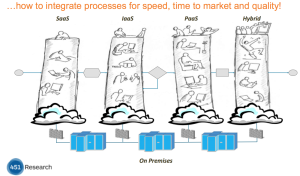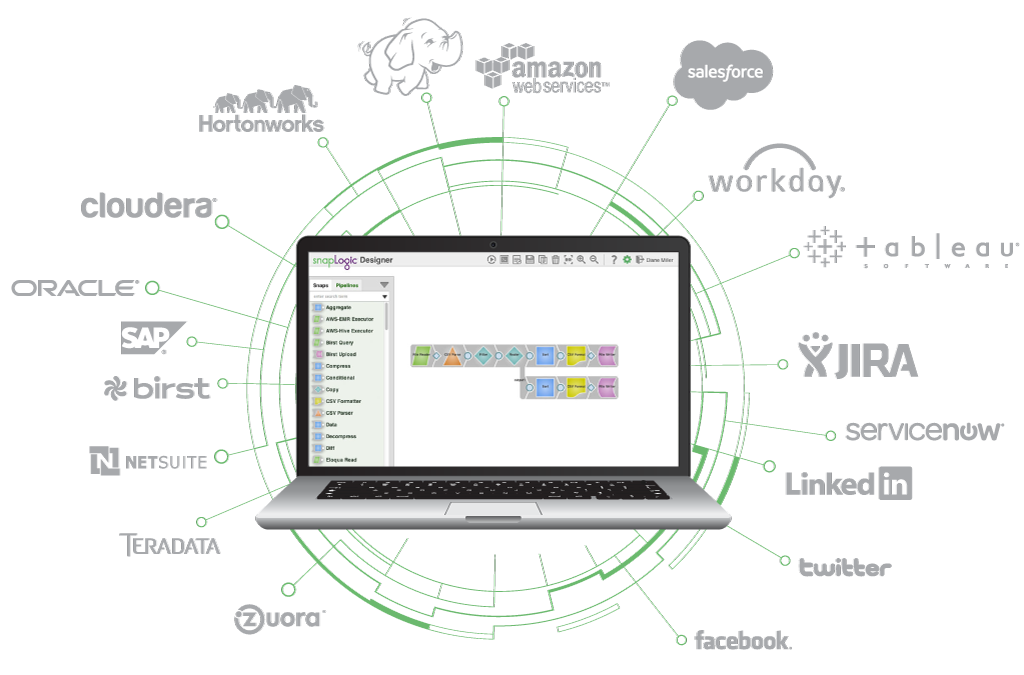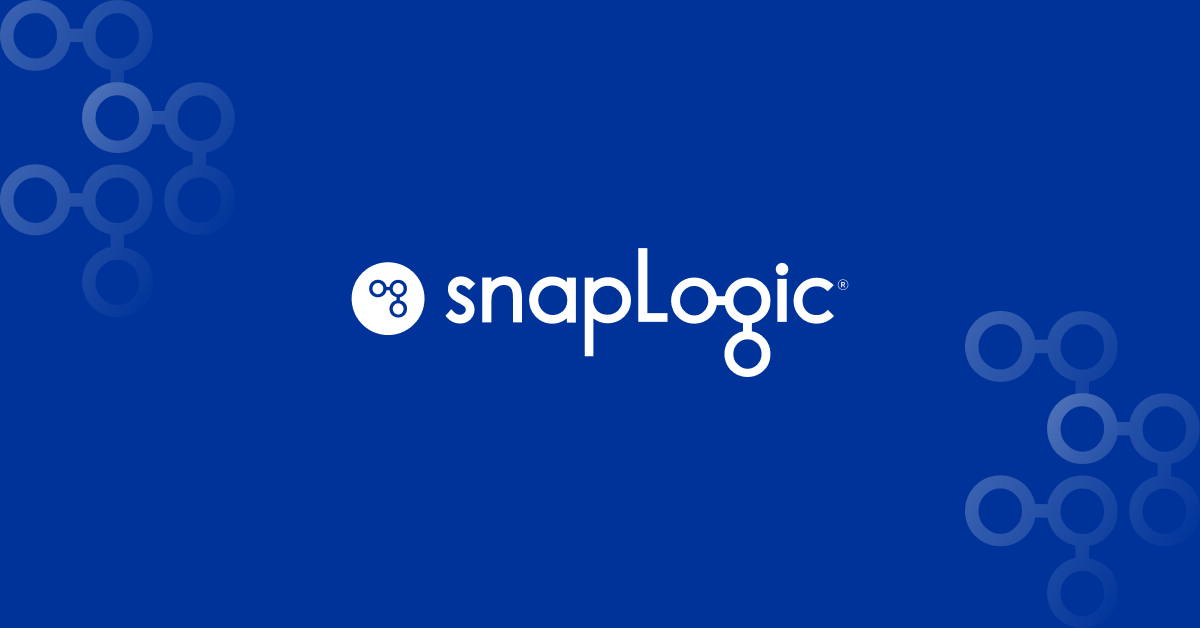A few years ago I wrote a post on the Sandhill.com blog entitled: Is Hybrid the New Black in The Era of Cloud Computing? “Cloud First” wasn’t exactly a mainstream concept for enterprise IT organizations at the time, but “more comprehensive (and collaborative) cloud computing strategies” were being considered. It was clear that hybrid was going to be the reality for the foreseeable future.
Fast forward to mid-2015 and:
- CIOs are increasingly changing their leadership styles. As Gartner summarizes in this excellent presentation, CIOS are “flipping from control first to vision first.”
- While the CIO priorities haven’t changed dramatically over the past few years (BI/analytics, cloud, infrastructure/data center, cloud), a “re-imagining of computing” has taken hold and digitization has become the hottest topic in enterprise IT.
 Given the dramatic acceleration of cloud and big data adoption in the enterprise, how companies connect all of their data sources, applications and APIs is also going through a re-imagining. Today’s increasingly hybrid cloud infrastructure, self-service end-user requirements and the need for speed and agility are at the center of the transformation.
Given the dramatic acceleration of cloud and big data adoption in the enterprise, how companies connect all of their data sources, applications and APIs is also going through a re-imagining. Today’s increasingly hybrid cloud infrastructure, self-service end-user requirements and the need for speed and agility are at the center of the transformation.
So what is hybrid cloud integration and why is it so important?
In a recent SnapLogic webinar (Hybrid Cloud Integration: Why it’s Different and Why it Matters), 451 industry analyst Carl Lehman defined Hybrid Cloud Integration from two perspectives:
- Tactical: enables the data and process flows between any number and type of cloud services with any number and type of in-place IT systems
- Strategic: enables cloud services to be dynamically consumed within IT architecture and exploited on demand for their price/performance and elasticity advantages
He referred to the hybrid cloud integration reference architecture as, “a blueprint of goals, practices, tools and techniques used for data and application integration across clouds.” He also referred to it as, “a framework for assembling the integration technology needed for hybrid IT.”
Clearly legacy ETL and ESB technologies and approaches are not going to deliver on the modern hybrid cloud integration requirements. Industry expert David Linthicum noted in the whitepaper, The Death of Traditional Data Integration:
“It’s not a matter of “if” we’re moving in new directions that will challenge your existing approaches to data integration, it’s “when.” Those who think they can sit on the sidelines and wait for their data integration technology provider to create the solutions they require will be very disappointed.”
 According to Carl Lehman, there are three waves of hybrid cloud integration:
According to Carl Lehman, there are three waves of hybrid cloud integration:
- The first wave addressed on-premises to SaaS data-loading: little data quality management; accessibly and security entrusted to the SaaS providers
- The second wave occurs when SaaS deployments accelerate, data quality begins to matter, cross-functional processes exchange data among on-premises and SaaS systems (hybrid IT), and other applications are offloaded to IaaS and PaaS (workloads shift)
- The third wave occurs when big data becomes a real strategic initiative in an enterprise; value can be derived from intelligently managing the Internet of Things (IoT) – operational technology (OT) automation; and IT meets OT
You can download the slides here and listen to the recording here.
So what is the recommendation for getting started with a hybrid cloud integration strategy?
Seek platforms that unify data and application integration functions to:
- Simplify tooling and enable consistency for development, execution and management
- Enable the second wave of cloud integration (expanded private cloud, hybrid IT and ITaaS)
- Support the third wave of cloud integration (actionable intelligence from big data)









